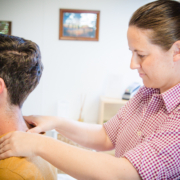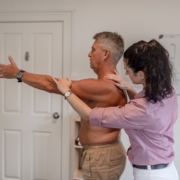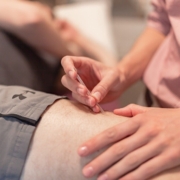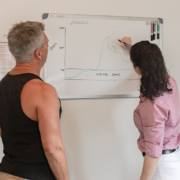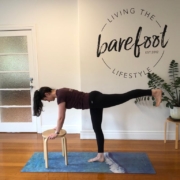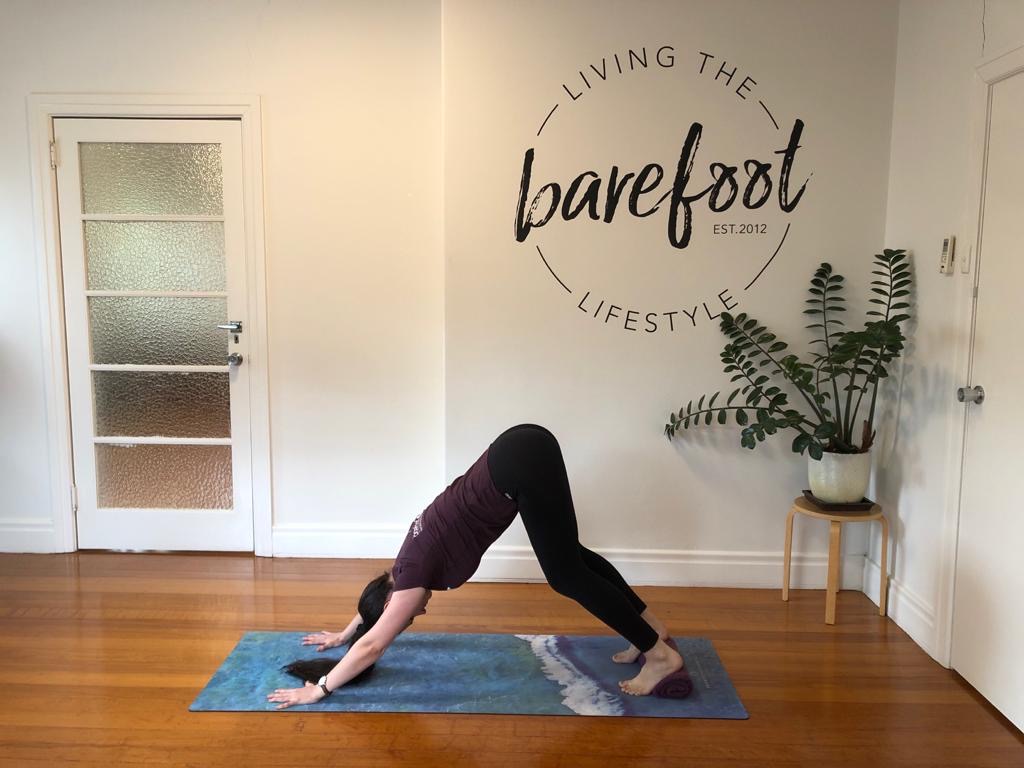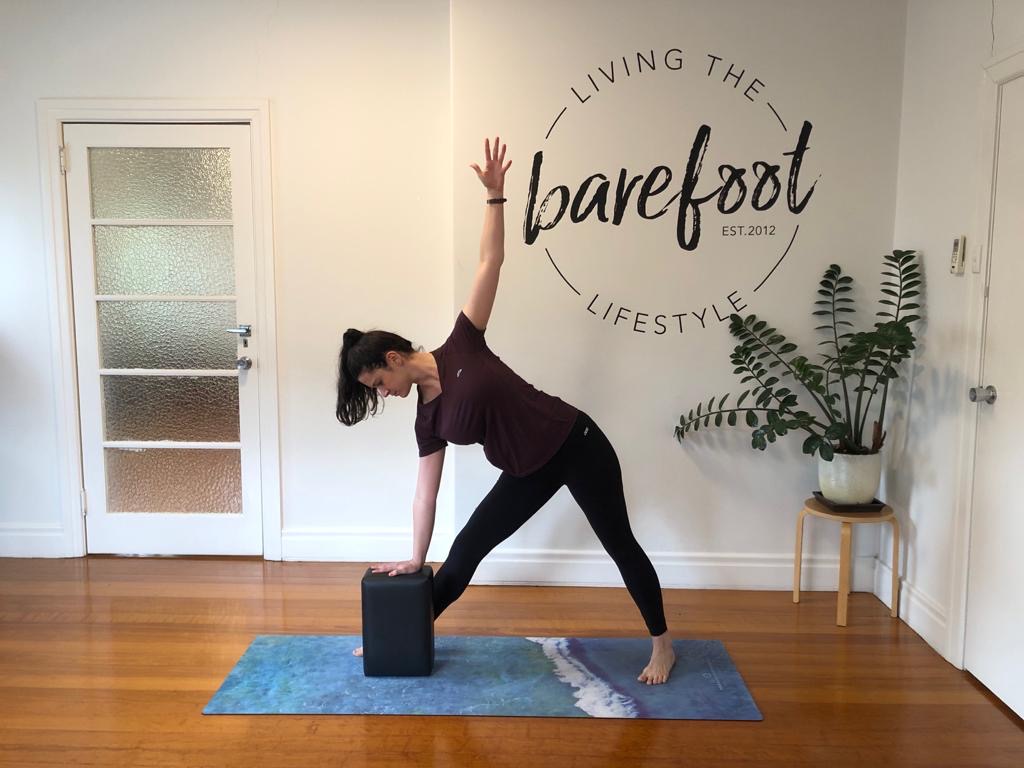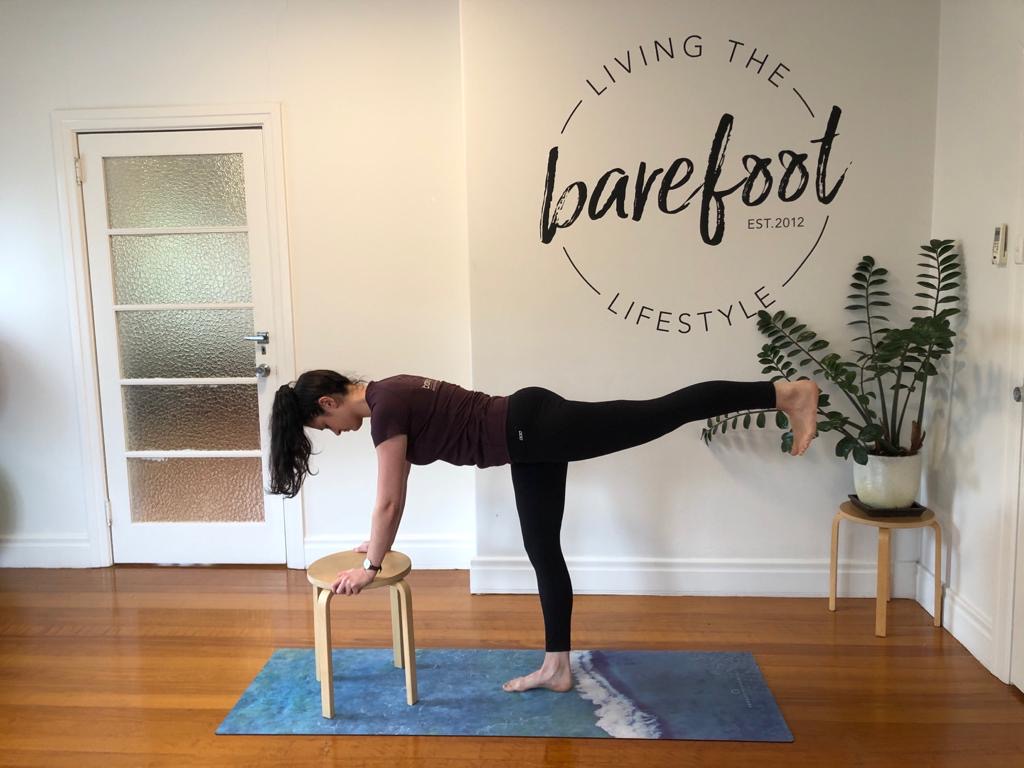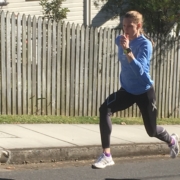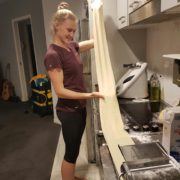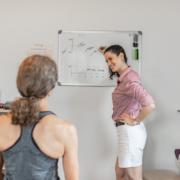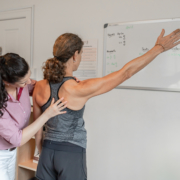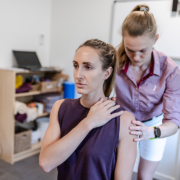Individualised treatment at Barefoot Physio
Treatment Direction Tests and Individualised Treatment
Every body is different in its experience of movement and load. People have different postures, different exercise/activities, different injury history with different compensation strategies and different daily load from life, based on occupational demands, sleeping positions and much more. As a result, no two bodies are identical or present in the same way. In fact, two people can present with the same symptoms but with very different tight muscles and joints. Consequently, they improve with quite different treatments. So, how do we know what works for you?
Here at Barefoot, we do a whole body assessment of each individual to get a really clear picture of where their issues are, looking for which muscles and joints are tight, which muscles aren’t working as well as they could be and what movements are limited. See here to learn more about our whole body approach. We then take this information and use it to perform treatment direction tests.
Treatment Direction Tests
What are treatment direction tests (TDTs)? It is a simple testing process that allows us to narrow in on what the most effective treatments are for each individual. We take the information gathered in the full body assessment and systematically trial treatment to these areas whilst doing a movement, to see which muscles or joints make the most improvements.
Our goal is to not push into pain, but rather be guided by what range of motion can be comfortably achieved. For example we might be trying to improve shoulder mobility – so while you lift your arm up in front of you, we trial releases to the areas we found were tight during our body assessment. This might be a shoulder muscle, a back joint or even a leg muscle or ankle joint glide. The body will show us, which of these areas is the most effective to treat by increasing the pain-free shoulder range of motion.
Treatment and Self-treatment
Once we have done this testing and know which areas make the most improvement, we focus our treatment on that area. We will also give you homework (if that’s what you want) to help keep your body happy. By narrowing the treatment area down through testing we can ensure that the homework or self-releases we are giving you are time efficient and effective!

